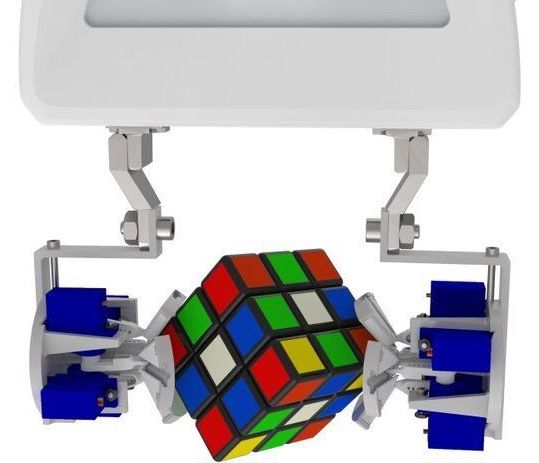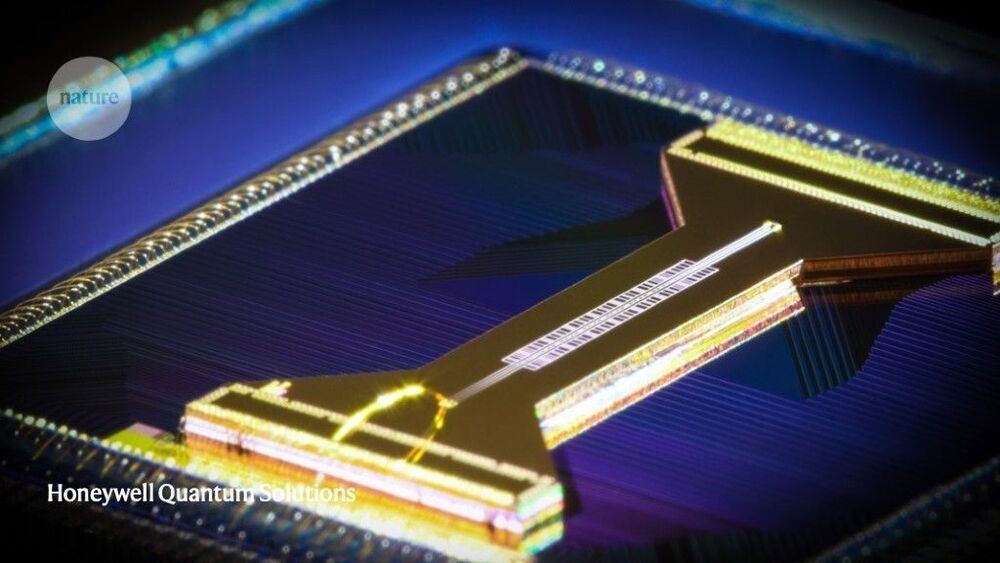Scientists have detected two bright radio bursts from a magnetar in our galaxy, as they get closer to discovering the source of the blasts.
Earlier this month, scientists discovered that fast radio bursts were coming from the object, in a major breakthrough in the search for the source of those mysterious blasts of energy. It was the first time an FRB had been detected coming from inside our Milky Way, and also the first time such a blast had been traced back to a particular source.
Now scientists say they have found new bursts coming from that same magnetar. That should help further indicate whether it is really a source of FRBs – and whether the same process could be powering those bursts we have discovered coming from elsewhere in the universe.









